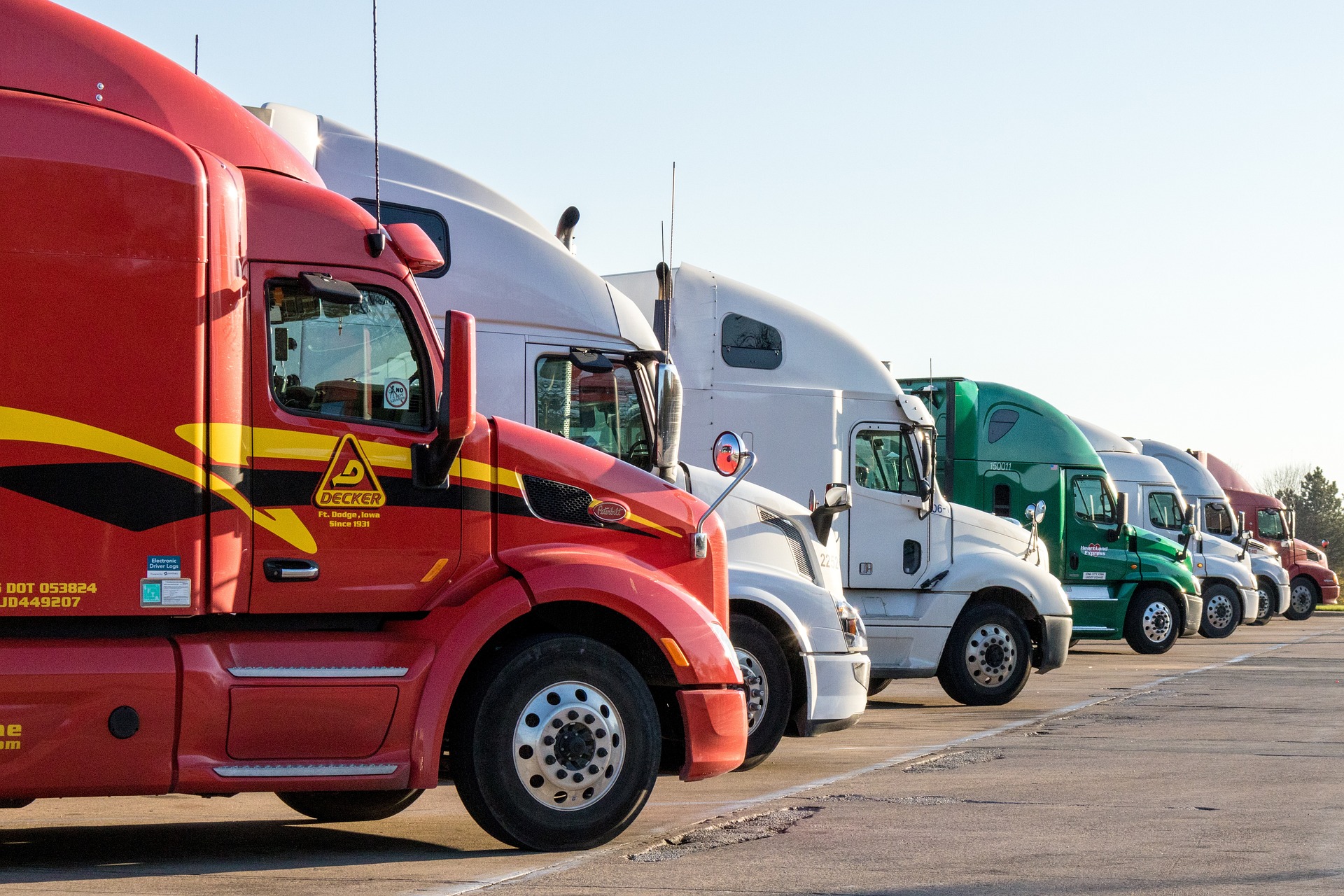Scheduling Algorithms That Balance Demand and Operational Costs
This article outlines how scheduling algorithms reconcile variable passenger or shipment demand with operational cost constraints. It summarizes key techniques across routing, fleet utilization, maintenance planning, telematics, and last-mile delivery to improve efficiency and sustainability.

Scheduling algorithms are central to modern travel and transportation systems because they determine how services respond to changing demand while controlling operational costs. By combining demand forecasts, resource allocation rules, and optimization methods, these algorithms influence routing, fleet deployment, maintenance timing, and day-to-day scheduling decisions. Effective solutions reduce delays, make better use of assets, and support sustainability goals, all while respecting constraints such as driver hours, vehicle capacity, and connectivity limitations.
How do logistics and demand forecasting interact?
Accurate demand forecasts are the foundation of any scheduling algorithm in logistics. Demand signals—from historical ridership or shipment data to real-time booking patterns—feed probabilistic models that estimate volume by time, route, and customer segment. Algorithms use those forecasts to size shifts, assign vehicles, and create time windows that balance service levels with cost. Demand-aware scheduling can shift capacity to peak periods and consolidate loads during off-peak times, improving utilization and reducing empty miles without increasing delays for users.
What routing strategies reduce operational costs?
Routing algorithms translate schedules into concrete paths that vehicles follow. Techniques range from vehicle routing problem (VRP) solvers to dynamic, real-time rerouting systems. When routing integrates cost objectives—fuel consumption, driver time, tolls, and congestion charges—schedules become cost-aware. Hybrid approaches combine precomputed routes for predictable segments with on-the-fly adjustments where variability occurs. For last-mile deliveries and transit feeders, clustering of stops, time-window optimization, and multi-depot routing reduce travel time and enable more consistent on-time performance.
How can fleet and maintenance scheduling be optimized?
Balancing operational costs requires coordinated fleet and maintenance planning. Preventive maintenance windows must align with service schedules so that taking a vehicle offline doesn’t cause cascading delays. Algorithms can schedule maintenance during low-demand periods or rotate vehicles across routes to equalize wear. Predictive maintenance models informed by telematics data—engine hours, fuel use, and sensor readings—allow planners to replace time-based rules with condition-based scheduling, which lowers unexpected downtime and helps maintain planned fleet capacity while controlling maintenance budgets.
What role do telematics, connectivity, and data play?
Telematics and connectivity provide the real-time inputs that make scheduling adaptive and resilient. GPS tracking, engine diagnostics, and passenger counting systems feed centralized platforms that update ETAs, detect delays, and trigger rescheduling actions. Connectivity enables coordination across dispatch, drivers, and customers; for example, a delay detected by telematics can prompt automatic rerouting or dynamic reallocation of vehicles. Data pipelines and analytics ensure that historical patterns and live telemetry inform both medium-term schedule design and short-term operational adjustments.
How do algorithms manage delays, efficiency, and sustainability trade-offs?
Scheduling algorithms must weigh competing objectives: minimizing operational costs, reducing delays, and lowering environmental impact. Multi-objective optimization frameworks allow planners to assign weights to factors like fuel consumption, driver overtime, and passenger wait times. For instance, accepting a slightly higher vehicle-miles-traveled figure might reduce the probability of severe delays, improving reliability. Conversely, consolidation strategies that cut costs can increase individual travel time; algorithms help quantify these trade-offs to reach balanced outcomes aligned with policy or business priorities. Incorporating emissions models into scheduling also supports sustainability targets by preferring routes and schedules that lower fuel consumption or enable electrified fleet charging windows.
Implementation considerations for scheduling and optimization
Adopting demand-aware scheduling requires integration across systems: booking platforms, fleet management, telematics, and maintenance records. Scalability matters—algorithms should handle peak-day volumes and support incremental updates without full recomputation. Human factors are also important: dispatchers and drivers need clear, actionable recommendations, and schedules should preserve labor rule compliance. Finally, pilot testing and phased rollouts help validate that models produce expected savings in real operations and that unforeseen interactions—such as impacts on local services or depot utilization—are addressed before full deployment.
Scheduling algorithms that balance demand and operational costs bring together forecasting, routing, fleet planning, maintenance, and real-time telemetry. When designed with multi-objective optimization and strong data integration, they reduce delays, improve efficiency, and contribute to sustainability goals. Ongoing monitoring and iterative refinement ensure algorithms remain aligned with changing demand patterns, regulatory constraints, and technology improvements.





